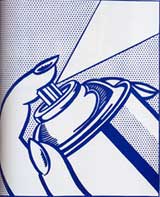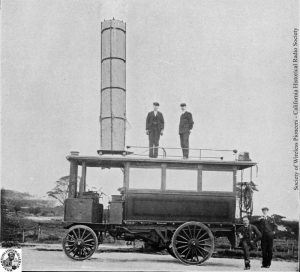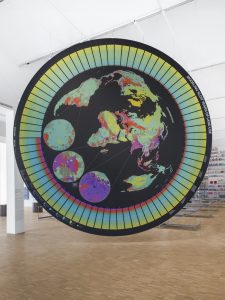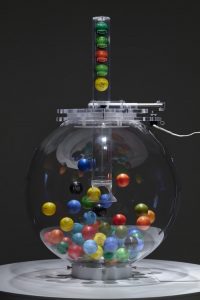A group of engineers from the Universities of Glasgow, Edinburgh, St Andrews and Strathclyde plan to develop tiny “Specks” for low power sensor applications.
The Specks are sensors with computational and communications capabilities that can be embedded in objects. They could be used as lighting and temperature sensors in buildings, placed in aircraft wings to detect failures or used to sensitise medicine bottles to ensure that people take their medication at the correct times.

Thousands of Specks, scattered or sprayed on a person or surfaces, will collaborate in programmable computational networks called Specknets. Scientists are even considering the idea of a putting the devices in a spray-can, allowing the Specks to be sprayed onto any surface.
“In the future, computers will be able to be diffused into the environment,” explained Professor DK Arvind in 2003. “One way to achieve that will be computers the size of a grain of sand. Just by spraying them on to objects, you can computerise them. They would create a network which can transmit wirelessly to each other. In a cubic millimetre, you can have a sensor for heat, pressure, light and so on, but also a computer and wireless technology.”
Via The Engineer Online. See also a previous article in Scotsman . Image.







